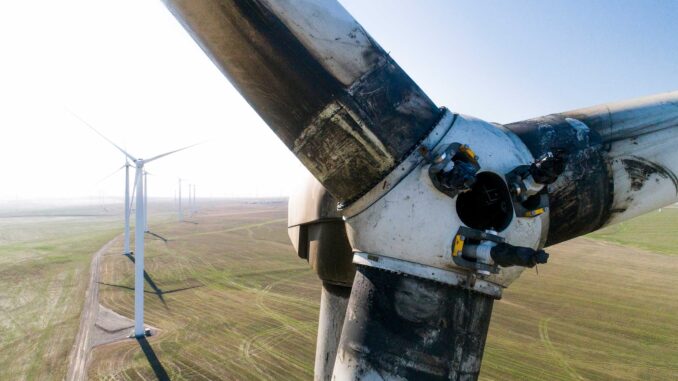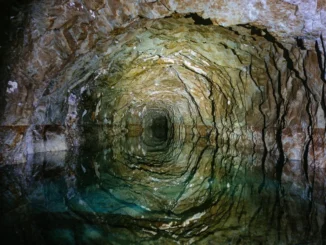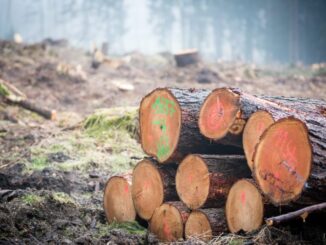
Summary of Wind Turbine Accident data
to 30 September 2023
The table includes all documented cases of wind turbine related accidents and incidents which could be found and confirmed through press reports or official information releases up to 30 September2023. Scotland Against Spin (SAS) believe that this compendium of accident information may be the most comprehensive available anywhere.

Data in the detailed table attached is by no means fully comprehensive – we believe that what is attached may only be the “tip of the iceberg” in terms of numbers of accidents and their frequency. Indeed, on 11 December 2011 the Daily Telegraph reported that RenewableUK confirmed that there had been 1500 wind turbine accidents and incidents in the UK alone in the previous 5 years. In July 2019 EnergyVoice and the Press and Journal reported a total of 81 cases where workers had been injured on the UK’s windfarms since 2014. Our data has only 15 of these (<19%). In February 2021, the industry publication Wind Power Engineering and Development admitted to 865 off-shore accidents during 2019 – we have only 4 of these (<0.5%). Finally, EnergyVoice published a report containing details of over 500 UK onshore wind turbine accidents in 2020 – we have only 5 of these (1%).
Additional evidence that our data only represents the “tip of the iceberg” can be found in the 13 August 2018 publication by Power Technology https://www.power-technology.com/features/golden-hour-paramedics-saving-lives-offshore-windfarms/ The article reports 737 incidents were reported from UK offshore windfarms during 2016 alone, with the majority occurring during operations rather than development. 44% of medical emergencies were turbine related. In comparison, only 4 UK offshore incidents are listed in our data – equivalent to 0.5%.
The data does however give an excellent cross-section of the types of accidents which can and do occur, and their consequences. With few exceptions, before about 1997 only data on fatal accidents has been found.
The trend is as expected – as more turbines are built, more accidents occur. Numbers of recorded accidents reflect this, with an average of 81 accidents per year from 2002-2007 inclusive; 148 accidents per year from 2008-2012 inclusive; 174 accidents per year from 2013-2017 inclusive, and 222 accidents per year from 2018-2022 inclusive.
This general trend upward in accident numbers is predicted to continue to escalate unless HSE make some significant changes – in particular to protect the public by declaring a minimum safe distance between new turbine developments and occupied housing and buildings.
In the UK, the HSE do not currently have a database of wind turbine failures on which they can base judgements on the reliability and risk assessments for wind turbines. Please refer to https://www.hse.gov.uk/research/rrpdf/rr968.pdf.
This is because the wind industry “guarantees confidentiality” of incidents reported. No other energy industry works with such secrecy regarding incidents. The wind industry should be no different, and the sooner RenewableUK makes its database available to the HSE and public, the better. The truth is out there, however RenewableUK don’t like to admit it.
Some countries are finally accepting that industrial wind turbines can pose a significant public health and safety risk. In June 2014, the report of the Finnish Ministry of Health called for a minimum distance of 2 km from houses by concluding: “The actors of development of wind energy should understand that no economic or political objective must not prevail over the well being and health of individuals.” In 2016 Bavaria passed legislation requiring a minimum 2km distance between wind turbines and homes, and Ireland are considering a similar measure. In 2023, Buffalo County Nebraska voted to have a 3 mile separation distance between wind turbines and churches, hospitals and agricultural residential property, and a 5-mile separation distance between wind turbines and villages/towns.
Our data clearly shows that blade failure is the most common accident with wind turbines, closely followed by fire. This is in agreement with GCube, the largest provider of insurance to renewable energy schemes. In June 2015, the wind industry’s own publication “WindPower Monthly” published an article confirming that “Annual blade failures estimated at around 3,800”, based on GCube information. A GCube survey in 2013 reported that the most common type of accident is indeed blade failure, and that the two most common causes of accidents are fire and poor maintenance. A further GCube report in November 2015 stated that there are an average 50 wind turbine fires per year, and this remains unchanged in the latest 2018 GCube publication http://www.gcube-insurance.com/reports/towering-inferno/
The 50 fires per year is over double the reported SAS data below, further underpinning that data presented here may only be “the tip of the iceberg”. Turbine fire prevention company FireTrace International estimate that 91% of wind turbine fires go unreported. https://www.thecheyennepost.com/news/turbine-fire-at-new-roundhouse-industrial-wind-facility-west-of-cheyenne/article_cebaf080-423a-11eb-bebe-97b85cbceb3f.html
The 2018 GCube report also notes the following:
- Wind turbine fires are greatly outnumbered by problems relating to blades and gear boxes;
- Failure of operators to undertake sufficient due diligence through maintenance checks is of increasing concern, and;
- Operating wind farms outwith their design parameters has been noted as a significant contributor to fires.



